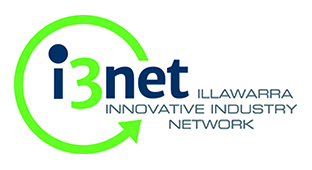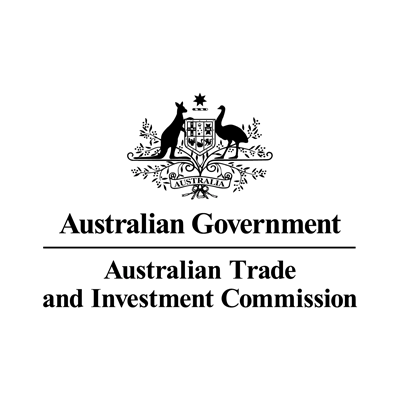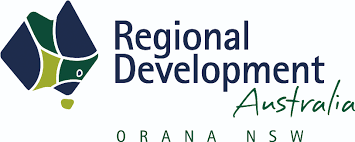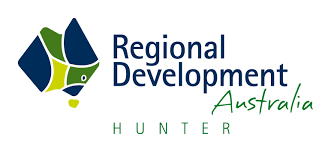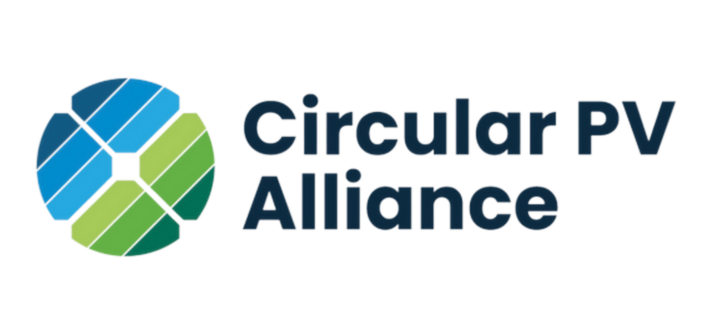Sydney Mining Club Lunchtime Forum: Europe’s Bullet-Performing Strickland Resources
Paul L’Herpiniere brings us news from its exciting Rogozna Gold and Base Metals Project in Serbia. Lunchtime Forum event - Welcome drink + 2 course lunch.
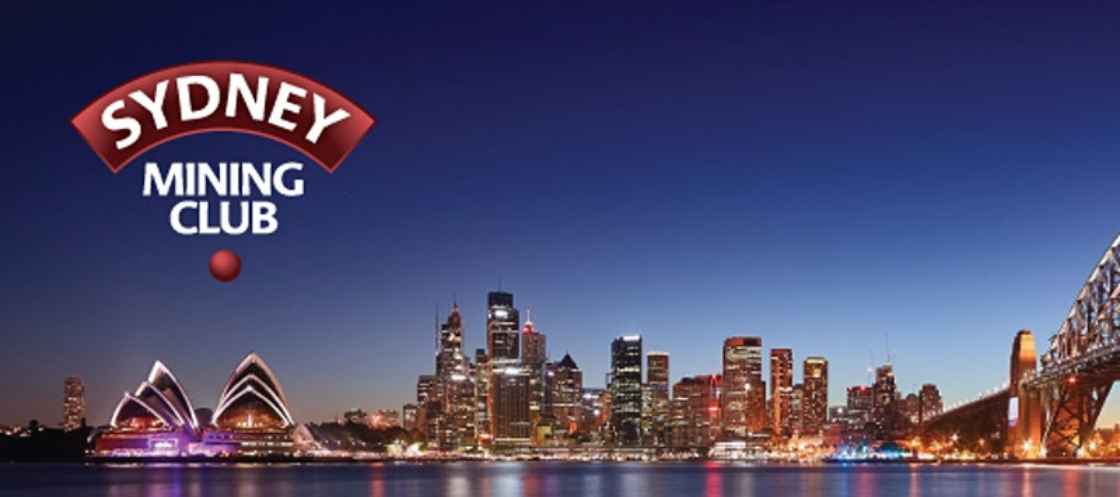
Strickland Resources (ASX: STK)
Paul L’Herpiniere
Managing Director

Mined for copper since Roman times, Serbia’s portion of the Tethyan Belt hosts a swarm of ‘multiple giant’ porphyry-type deposits – also extending into Bosnia, Croatia, North Macedonia, and Bulgaria. Its time has come, and the region is swarming with activity. Zijin – the world’s fourth-largest mining company – has spent $5 billion in the region and recently bought a 2.5% stake in Strickland.
Torn between depleting porphyry nations like Chile and the United States, and the challenges of exploring in jungle-draped tropical regions, modern porphyry efforts are ‘returning’ to these European nations – each with a strong mining tradition but less of the cloying anti-mining sentiment often found elsewhere in Europe.
Strickland is leading the way, issuing new releases on an almost weekly basis, and spending over a million dollars a month with eight rigs turning. The targets are four copper-gold, Ertsberg-like skarns, with the hunt now shifting to the underlying porphyry systems – and long intersections are coming in. There is line of sight to potentially 10 million ounces gold equivalent by year-end, as a professionally run exploration camp hits its straps.
Don’t bring a knife to a gunfight. The company started out well-funded, raising $60 million through a sale to Northern Star. It is now selling its WA Yandal 400,000 ounces of oxide ore – located on the doorstep of the Jundee mill – to Gateway via in-specie distribution. It also holds stock in Northern Star. Now in the big league, Strickland won’t be cash-starved out by the majors.
Former Silver Mines MD Tony McClure now chairs Strickland. He says that in Serbia, they had four drill rigs on the ground within two weeks of acquiring Rogozna. In NSW, he says, it would take six months. He contrasts this with the six years it took to gain approvals at Bowdens, followed by three years in court after a technicality over its transmission line corridor. He also points to WA’s native title issues – and, of course, the McPhillamys debacle in NSW.
With a market cap of $320 million, this is a story to watch.


